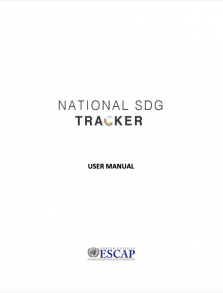
Stretching from the Caspian Sea in the west to China and in the east, the terrain of central Asia is very diverse. The vast steppes grassland of Kazakhstan, desert of Turkmenistan, Aral Sea drainage basin, mountain ranges of the Tianshan and Karakoram are just a few features that highlight the diversity in region’s terrain. Yet the region experiences similarities in the risks from natural disasters. Droughts, earthquakes, glacier lake outburst floods, landslides, and floods constitute key hazards in the region disrupting economic growth, damaging infrastructure and stalling progress on economic and social indicators. Kazakhstan and Kyrgyz Republic, for example, are located on major earthquake fault lines. Being a landlocked region, the adverse impact of disasters on connectivity has serious implications on the economic performance of the countries. Under these circumstances, central Asian countries must ensure that infrastructure assets are resilient and can withstand impacts of climate change and disasters.
Resilience of critical infrastructure like transportation, energy and ICTis crucial for sustainable development within central Asia. This report provides an in depth analysis of the disaster risks to energy, transport and ICT infrastructure assets in Kazakhstan and Kyrgyz Republic. The objectives of the report are to provide policymakers with: a) a sub-national methodology to examine the cost of future disaster risks on infrastructure, b) locate current infrastructure at risk from multiple natural hazards, and c) present an overall direction for establishing long term resilience approaches.
The report is divided eight sections. The following section provides an overview of concepts of risks, damage and loss, and addressing the need to estimate risks in terms of losses. This section also includes a sub-section on incorporating climate perspective to the infrastructure planning approach. Sections five and six summarize the risk assessment methodology used to develop sub-national risk estimates. Sections seven to nine present the risk estimates within the central Asia region followed by results for Kazakhstan and Kyrgyzstan, respectively.


